Have you ever seen a dog with chronically runny eyes? I have – many times. I used to be surprised that the owners of these dogs thought it was strictly a cosmetic issue, but perhaps this misconception is so common because the condition that causes the irritation isn’t frequently discussed. Let’s fix that!
Many cases of drippy, irritated eyes are caused by entropion, a general term for a condition in which the eyelids roll inward. It can occur at the upper or lower lid but also along the sides of the eyes (medial and lateral). This causes irritation to the cornea and can result in chronic ulcers and painful, squinty eyes. It is a common condition of young, rapidly growing purebred dogs.
Types of Entropion in Dogs
There are three types of entropion: inherited/genetic, spastic, and acquired.

In the acquired form, the eyelids roll inward as a result of changes to the eye or the muscles surrounding it. Anything that weakens the eye muscles or shrinks the “globe” of the eye can lead to inward rolling. This occurs as dogs age or develop ophthalmic problems. Conditions such as end-stage glaucoma can also lead to a shrunken globe.
Spastic entropion can occur when there is any painful condition (such as a corneal ulcer or uveitis) in the eye.
Spastic and acquired entropion can occur in any breed at any age.
Inherited entropion is the most well-known form. There are many susceptible breeds. Most of them are known for having “extra” skin folds or drooping eyes such as the Shar-Pei and Chow Chow. In these breeds, entropion is generally present at birth.
Signs of Entropion in Dogs’ Eyes
The signs of entropion include visualization of rolled inward eyelids, excessive tearing, squinting (called blepharospasm), photosensitivity, rubbing and pawing at the eyes, and in some cases, corneal ulceration and dark brown pigment formation on the cornea. Some breeds do not seem particularly bothered by entropion – particularly the brachycephalic breeds – while it can cause significant discomfort and corneal trauma in others.
Diagnosis is made through a straightforward visual exam of the dog combined with knowledge of breed-specific tendencies.
Entropion Treatment for Dogs
Puppy entropion, as seen in the “wrinkly” breeds mentioned above can be managed in two ways. In the first technique, the eyelids can be rolled outward by the owner at home several times a day. This is an attempt to overcome pulling from the orbital muscles.
In the second, a temporary “tacking” procedure is conducted by a veterinarian. This may need to be repeated more than once as the dog grows. Generally, by two to four weeks after placement, the sutures can be removed. In some cases this does not work, and a permanent procedure must be done.


In cases where temporary tacking does not resolve the entropion, a procedure called a Hotz-Celsus will be done. This is rarely done in puppies less than 6 months of age, as they have not achieved their final head conformation. In general, a Hotz-Celsus (also called a blepharoplasty) is when a wedge-shaped area of tissue is removed and then the area is sutured closed, to pull the eyelids outward – similar to an eye-lift in humans! It can be modified to be used in any area of the eyelid and is done under general anesthesia.
Acquired entropion may or may not respond to treatment. It depends on the underlying cause and whether it can be resolved. An example of acquired entropion would be a dog with an eye that has reached end-stage glaucoma and has shrunken into the socket. In this case, the entropion is a result of the small globe and will not improve.
Spastic entropion will generally resolve with application of topical pain relief and treatment of the underlying condition. An example of this would be a dog with a painful corneal ulcer. Once the ulcer is treated and resolved, the entropion will resolve as well.
Different Faces Require Different Approaches
Brachycephalic breeds such as Pugs and Bulldogs develop entropion at the medial canthus of the eyelid (near the nose). This can be corrected with a procedure known as a medial canthoplasty. In this surgery, the opening of the eye is actually made smaller so that the eyelids do not rub the cornea. Without this, the fur and eyelashes will frequently irritate the cornea, causing a dark brown pigment to form. This change is usually permanent and very common in brachycephalic breeds with untreated entropion. It can also lead to chronic eye ulceration.
Similarly, a lateral (away from nose) canthal entropion can develop in German Short-Haired Pointers, Rottweilers, and Chows. There are several, relatively complex surgical procedures that can correct this type of entropion.
Dogs with very droopy eyes such as St. Bernards, Great Danes, Bloodhounds, and Mastiffs often have a combined form of entropion and ectropion – a condition in which the eyelid rolls outward. This forms what is known as “diamond eye.” There are several surgical techniques for management of this condition, but due to breed conformation, failure occurs fairly often. It is important when pursuing surgery that you discuss with your veterinarian the failure and success rate of this procedure. It will help avoid miscommunication and manage expectations.
Breeds with extra skin such as the Shar-Pei and Basset Hound may also benefit from tacking of the forehead. The extra skin of the forehead leads to drooping of the eyelids and secondary entropion.

Unfortunately, entropion is seen most often in purebred dogs. It is recommended that dogs with entropion not be bred, as the mechanism of inheritance is not well-understood. Further, the American Kennel Club does not allow showing of dogs with previous entropion repair.
Should I Adopt A Dog with Entropion?
It’s important to consider breed predispositions when adopting a dog. Entropion can be managed and generally has a good to excellent prognosis, but it can also be frustrating and require multiple repair attempts in some breeds. In occasional cases, despite excellent medical and surgical management, entropion recurs. It is always important to have an open and frank discussion with your veterinarian when deciding how to manage entropion.


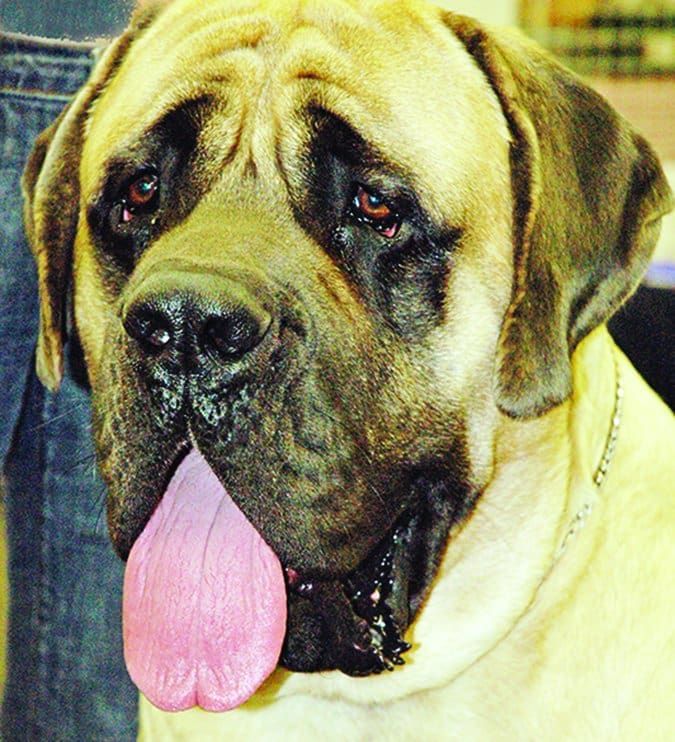
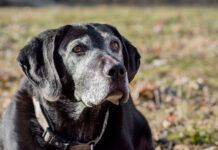
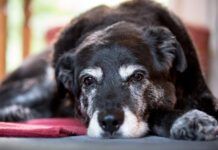
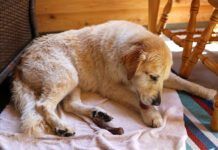
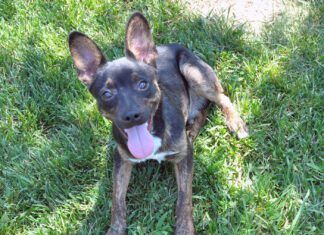
👍😊
Thankyou so much 🌈